The end of the South Gare
The end of the South Gare is for the most part a very open area. There is limited cover for any migrant which might make a landfall here. As the vegetation is sparce the migrant birds often find shelter in either the "Tea bushes" (The Duke of Argyll's Teaplant Lycium barbarum ) or in the gully.

Sandwich terns are seen around the end of the South Gare during the summer months and well into the early autumn
The picture below shows the area usually referred to as the "Gully". This depression in the ground does have some small willow bushes and lots of Alexanders (Smyrnium olusatrum). These give good cover and provide a food source for migrants such as warblers. In the autumn it is worth looking at the willow bushes as I have found the extraordinary caterpillars of the Puss Moth. They rear their heads up if disturbed and wave highly modified, whip like hind legs.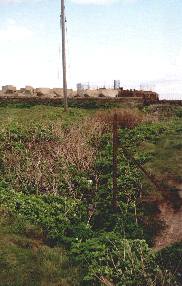 |
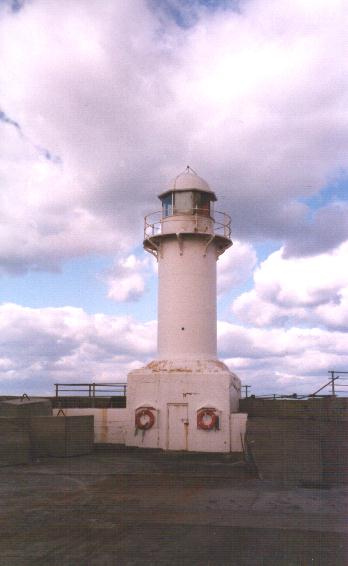 |
South Gare Lighthouse (the only lighthouse in Britain which is privately owned)
Not all migrants that reach the South Gare are birds, occasionally insects reach "fall" preportions. During the autumn it is worth bearing in mind that some of the butterflies and moths at the Gare could be migrants.
You may also be interested in the flowers of the South Gare
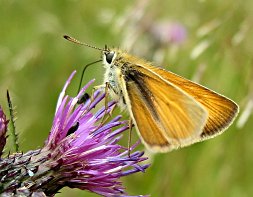 |
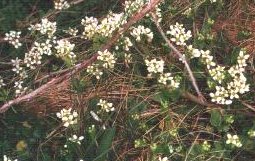 |
Small Skipper butterfly and Scurvy grass (Cochlearia anglica)
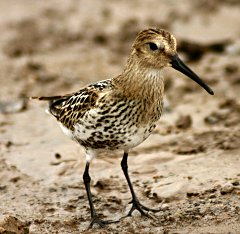 |
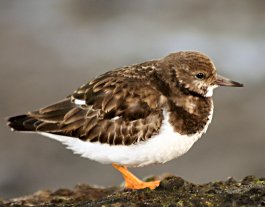 |
Dunlin
Dunlin were a very common wader to be seen at the Gare but in recent years the
numbers have declined.
Turnstone
These birds are often seen along the shoreline at the Gare. They can also be
seen actually on the Gare at high tide waiting for the feeding areas to become
uncovered.